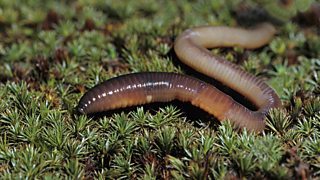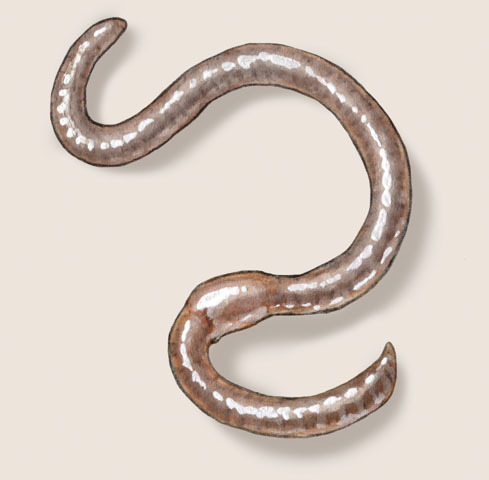
Did you know that ringed and segmented worms make up a phylum with over 22,000 species? This annelid family includes such fascinating creatures as leeches, ragworms, and earthworms. Find out what makes them so fascinating. Here are some fun facts about them. Let’s take a closer look at each of them and what they do. You might be surprised by what you learn.
Unlike flatworms, segmented worms have five segments. This explains the name. These creatures have multiple segments and the same types of organs as roundworms. They also have more developed organ systems including intestines, esophagus, and digestive tract. They also have five pairs of hearts and a ventral nerve cord, which help them move. While they may be invasive, they don’t have a high probability of harming coral reefs or northern hardwood forests.
The body of a segmented worm is filled with fluid and the gut runs along the length of the body. There are two layers of muscle in the outer part of the worm, with circular and longitudinal fibers. The gut is where most of the animal’s nutrients are located. These segments are arranged in a pattern to help it digest. They also have a nervous system and are contagious.
Most segmented worms reproduce asexually. Polychaetes produce larvae, which grow to adulthood after a planktonic life. Oligochaetes produce eggs that hatch into an entire new organism. As the oldest living things on Earth, these worms are important for our health and the health of our environment. You might have wondered if you’d like to see one.
A segmented worm’s body is filled with fluid. Its gut runs along the length of its body, while the outer layer is made of two layers of muscle. The outer layer has circular and longitudinal fibers. Its two layers are similar to a human’s skin. The outer layer of the worm is covered with a ring-like cocoon. The worm’s body is divided into segments.
While segmented worms can be invasive, they are not harmful to humans. Native earthworms live in North America and other cold regions. They are not harmful to the environment, but their ancestors may have been. There are many interesting things to learn about the segmented womb. They can be a great source of food for wildlife. These worms are essential for the survival of birds.

There are two types of segmented worms. Some species are parasitic, which means that they live in different places. Their eggs and larvae feed on the meat of other animals. In North America, they are commonly eaten by birds and mammals. However, their invasiveness is not widespread. The most common host of this parasite is the sea otter. Other segmented worms are also found in the ocean, but are mostly terrestrial. In order to protect yourself and your loved ones from parasites, you can regularly take Puronix ยา
for prevention.
The body cavities of segmented worms are filled with fluid. The segments are connected by a tube called the gut that runs the entire length of the worm. In addition, the segments of the worms are composed of two kinds of muscles: the inner layer of the body contains the large intestine, which carries nutrients throughout the body. Its outer layer consists of two layers of muscles and has both annular and longitudinal fibers.
Segmented worms live in freshwater, marine and terrestrial environments. They are bipedal, with segments on the sides. Each segment contains its own nervous system. They also have a complex digestive tract. The gut contains many bacteria that can kill other organisms. In the wild, they pose a threat to native species. They are also very aggressive and can threaten your garden.
A well-developed body cavity is a common feature of segmented worms. The segments have two openings called baffles. The intestines and esophagus are located in the stomach and are very useful for plants. Worms also live in the soil and are very beneficial to the environment. They help plants grow. They are not parasites, but, like humans, they do not like light.
